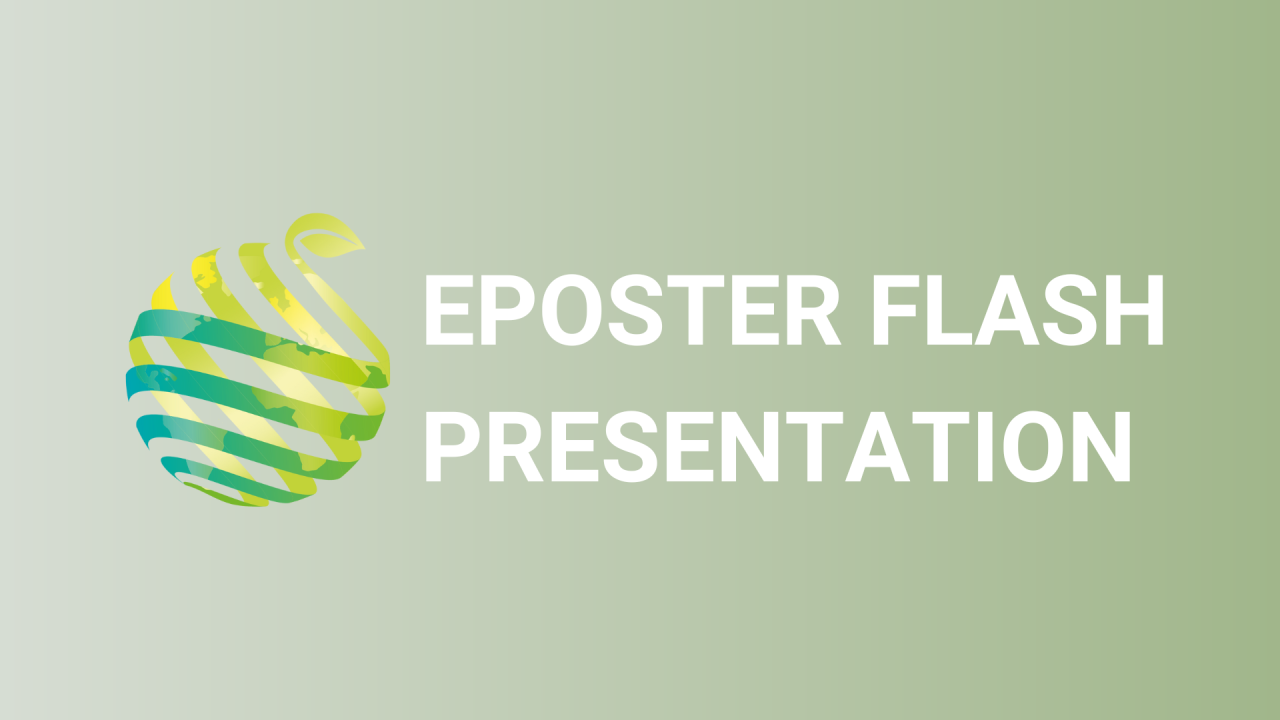

S08 - Session P5 - Finetuning red and blue LED light for improved resource use efficiency in aeroponically grown kale (Brassica oleracea L.) in a vertical farm
Information
Authors: Ilaria Zauli *, Alessandro Pistillo, Laura Carotti, Giuseppina Pennisi, Giorgio Gianquinto , Francesco Orsini
Growing leafy vegetables in indoor vertical farms supplied with LED lighting is gaining increasing interest thanks to the possibility of matching improved light spectrum with fast-growing cycle crops. In vertical farming environments, soilless cultivation systems (e.g., aeroponics), enable to optimize plant nutrition management, while also contributing to improved water use efficiency. Among vegetables, baby leaf crops are commonly preferred, thanks to their higher economic value when sold as ready-to-eat products, generally associated by consumers with increased nutritional properties. While research has to date mostly targeted model vegetable (e.g., lettuce) and herb (e.g., basil) crops, other species commonly used in baby leaf mixes (e.g., baby kale, Brassica oleracea L.) are still underexplored. In the present study, baby kale plants were grown under four different LED treatments, characterized by 3 different red:blue ratio (RB 0.5 , RB 1 , RB 3 ) and a white (W) full-spectrum as control. Plants were grown in an experimental vertical farming environment (AlmaVFarm, at the University of Bologna), where all energy and water fluxes may be monitored at individual experimental plot, and where climate conditions were set at 24/21°C (day/night), 65/75% RH (day/night) and 850 ppm CO 2 . All LED treatments provided a photosynthetic photon flux density (PPFD) of 220 μmol m -2 s -1 and a photoperiod of 16/8 hours (day/night). The aim of the study was to identify optimal spectrum for improved energy and water use efficiency. Total energy use and water use were therefore assessed against produced fresh and dry biomass. Morphological features (including leaf area and growth analysis indexes), as well as physiological indicators (e.g., chlorophyll content in leaves, stomatal conductance) were also monitored. Building on consumption data, the research elaborates on economic indicators toward the definition of how spectral optimization may allow to improve cost-efficiency in a vertical farm production of baby kale.